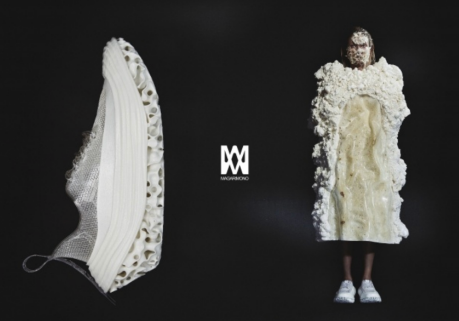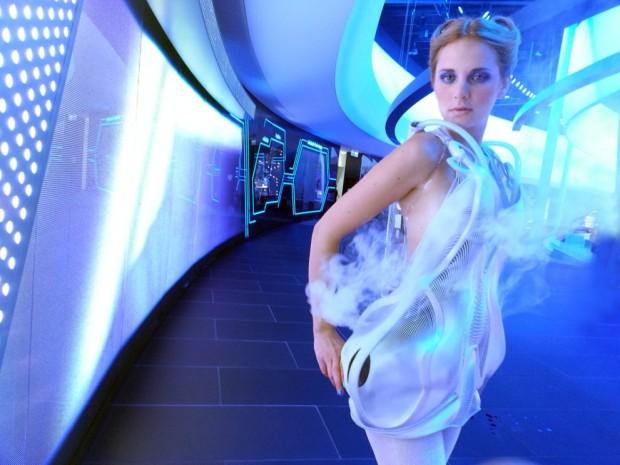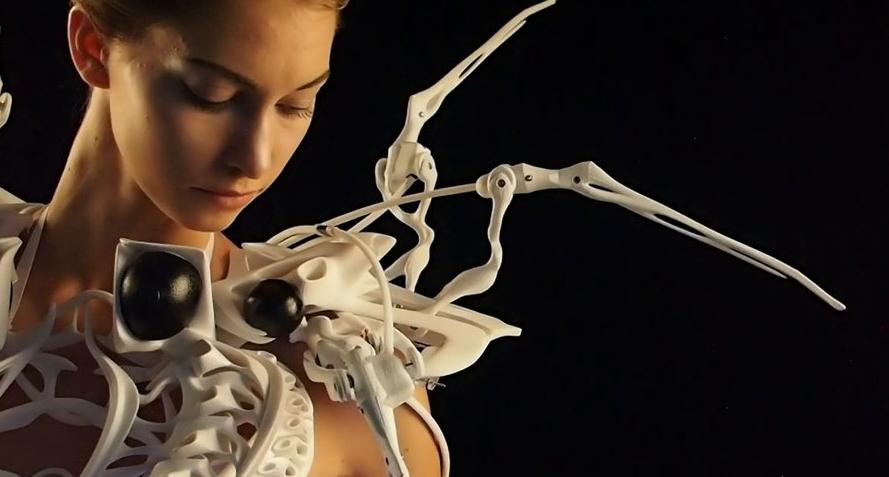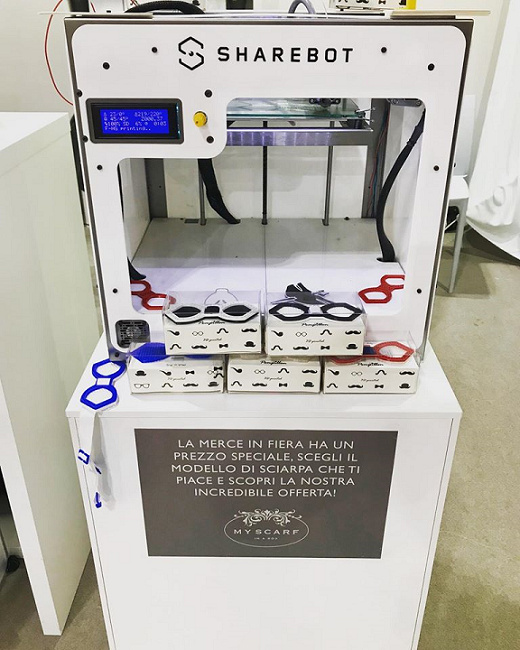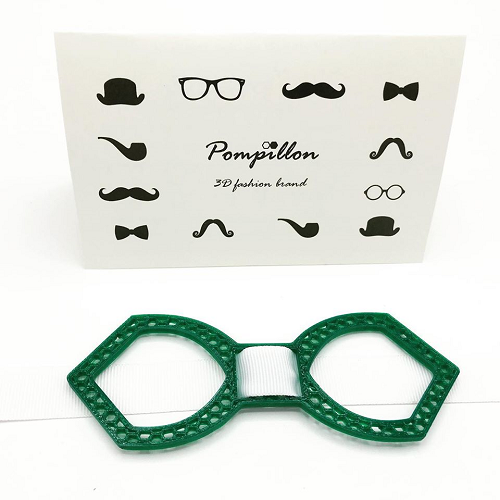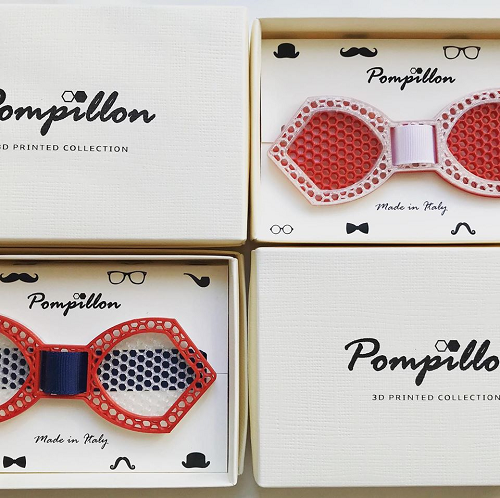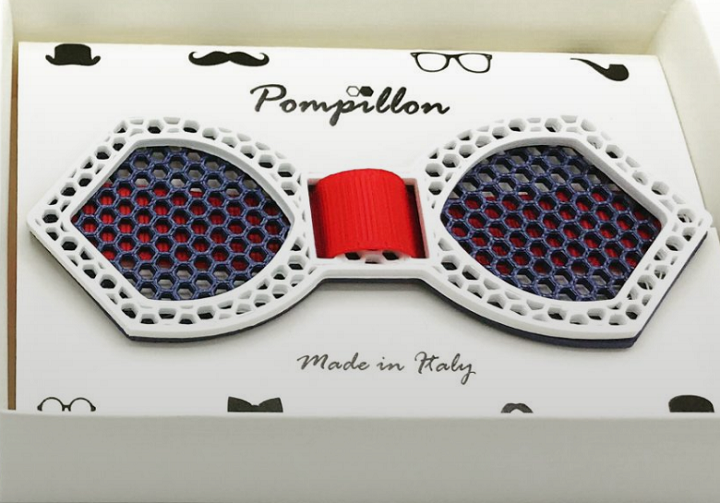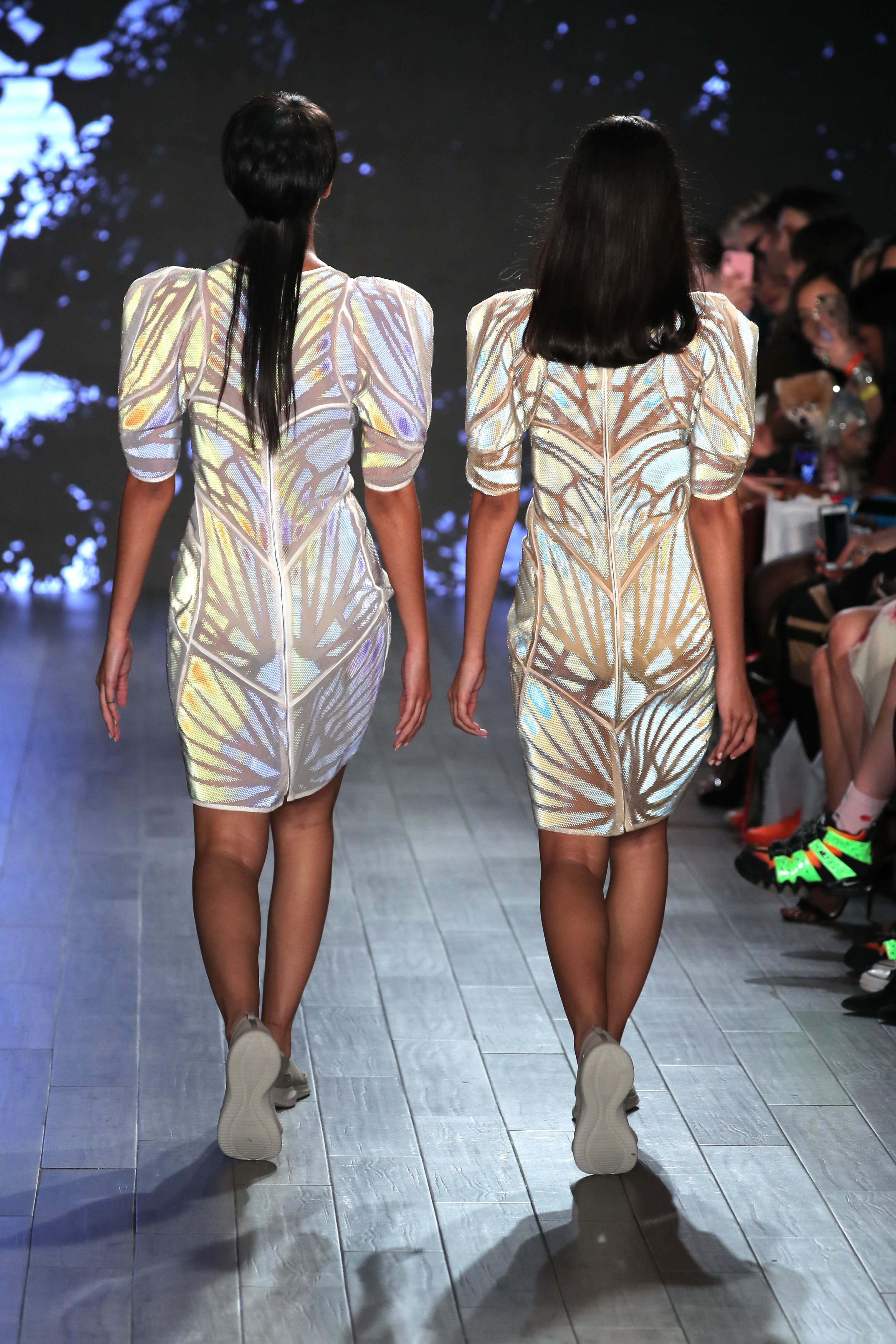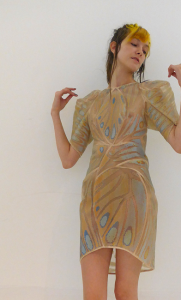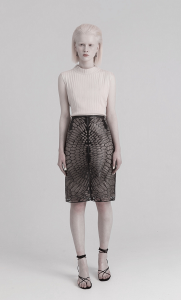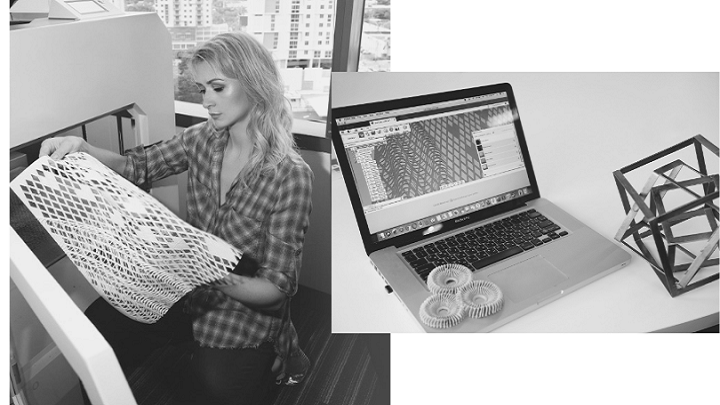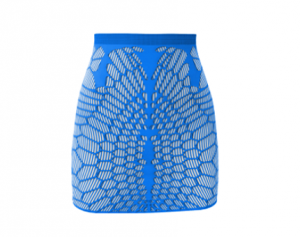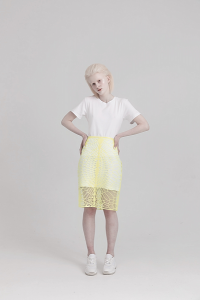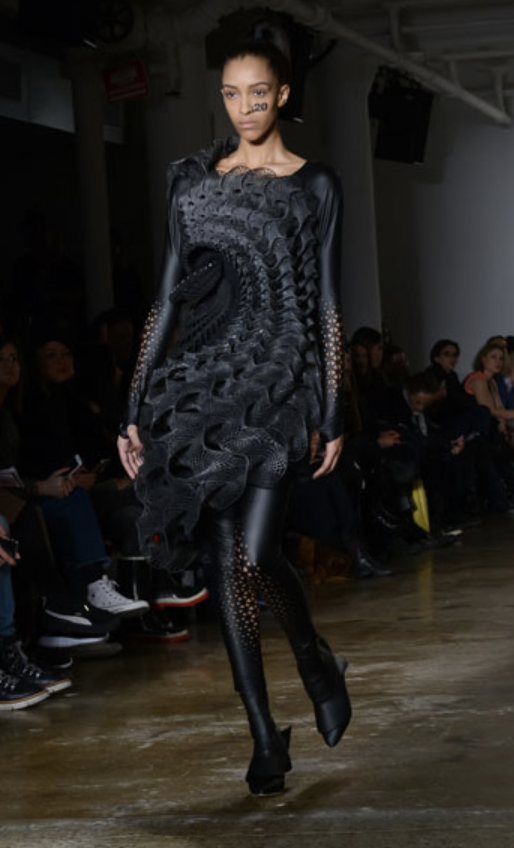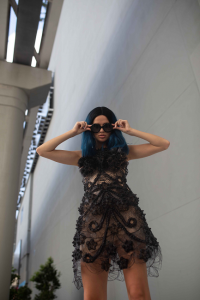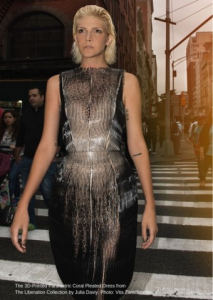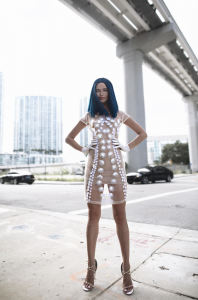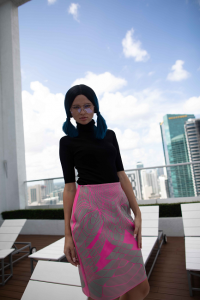STEP DIFFERENT.
Heresy as the standard for the future.
New footwear unbound by conventions.
Possibilities through fusing material and technology.
Processes never before challenged.
We aim for footwear capable of meeting such goals.
-MAGARIMONO.com
High-fashion is getting another boost from high-tech as Hangzhou-based Shining 3D collaborates with MAGARIMONO, a Japanese company manufacturing designer footwear. Endeavoring to send their clientele walking on clouds, Shining 3D and MAGARIMONO have teamed up to create four new designs for the MAGARIMONO ORIGINALS CLOUD Collection.
While most consumers want aesthetically pleasing shoes that are also comfortable (not always an easy ‘feat’ to pull off), the designers invoke the concept of cushiony luxury combined with allusions to the four different types of clouds: cumulus, cirrus, stratus and nimbus.
“The design incorporates an amorphous shape in which water circulates while changing shape, such as bubbles, waves and clouds,” explains the MAGARIMONO team in a recent press release sent to 3DPrint.com regarding the project.
Although most famous for manufacturing of the EinScan series of scanners and 3D printers using FDM, SLA, SLS and SLM technology, this is not Shining 3D’s first experience in working with footwear manufacturers; in fact, they have contributed to the success of other famous shoe brands in China, and continue to grow in that space through offering greater numbers of shoe soles worldwide, printed with TPU on their SLS printers.
“Digital modeling and 3D printing have enabled today´s designers to create novel objects of previously near-impossible form,” said Eric Ludlum of Core77. “Elaborate shapes have become a hallmark of the medium but thankfully form-giving as a practice has pulled back from a complete embrace of the aesthetic and now finds success with a restrained mix of those digital flourished with classic surfaces.
“Japanese brand MAGARIMONO manages this trick in their new line of shoes. What makes it an interesting launch is that they´ve taken some of the creative strangeness cut from the formal resolution, and found a place for it elsewhere in their overall creative package. It counteracts the seriousness and sterility that can build up in tight digitally-enabled product development loops.”
The advantages of 3D printing are on full display here as customized shoes are fabricated for consumers, allowing them to choose the type of cloud they would like to ‘walk on.’ Cloud pattern soles are then produced on the Shining 3D EP-C5050 Pro TPU 3D Printer, continuing with the concept of condensation in the form of ‘waterdrops,’ and the continued ‘transformation of the elements’ as imagined by the MAGARIMONO designers.
3D printing continues to serve the fashion industry, from 3D printed haute couture to dresses bordering on the 4D that morph to their environment, jewelry, and more. Many have also shown interest in 3D printing footwear, including some of the biggest brands in athletic wear: Adidas, New Balance, Under Armour, Reebok, Nike and more.
Find out more about this recent collaboration in the video below, or visit the Shining 3D or MAGARIMONO websites.
[Source / Images: Shining 3D]
The post Shining 3D & MAGARIMONO Partner for 3D Printed Shoes appeared first on 3DPrint.com | The Voice of 3D Printing / Additive Manufacturing.


